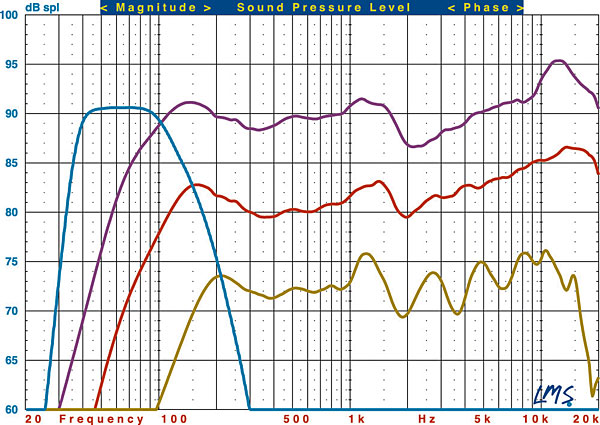

And it’s a feat that was important for these tests because we wanted to make sure that the differences we heard were the result of speaker placement and configuration, not significant discrepancies in tonal balance among the speakers. My experience with Triad in the past has borne this out, and in my opinion, they’re one of the best speaker companies at regularly accomplishing this feat. The goal is that an InCeiling Bronze/8 should sound double-damn close to an InRoom Bronze Center or LCR, and all of those should sound likewise to the LR section of the InRoom Bronze LR-H (the “H” being the integrated Atmos-enabled elevation module).
#Dolby atmos test series#
(It’s Atmos-compatible, too.)Įven if there had been tons of Atmos speakers on the market, it’s still highly likely that we’d have chosen to use the Triad models listed above because the company makes a serious effort to design speakers within the same series (in this case, Bronze) to be as close as possible in tonal balance. Oh, yeah, I also worked the crap out of my trusty RadioShack analog sound pressure meter. Since it’s already compatible with Atmos, I used my Oppo BDP-105 Blu-ray player. In order to facilitate testing the differences between the ceiling and non-ceiling speaker configurations, Triad volunteered to provide two pair of the company’s new Atmos-enabled InRoom Bronze LR-H monitors for use in the front and main surround positions, a matching InRoom Bronze Center for the center channel, four (yes, four) InWall Bronze/4 SlimSubs, and two pair of InCeiling Bronze/8 ceiling speakers that I could swap with the InRoom monitors. It’s a $1,700 AVR (one down from the 2014 top-of-the-line) with nine 140-watt channels-and an Atmos firmware update. The thinking was that these are the most likely upgrades attainable by you, the dedicated, hard-working, budget-limited, and thoroughly obsessed Sound & Vision reader.Īfter Mike Trei finished giving the Yamaha Aventage RX-A2040 AV receiver a workout for his recent review, Rob had it shipped to me to use as the heart of these Dolby Atmos test systems.

So we set our sights on something more reasonable and decided to compare the performance of four systems, using the following Atmos configurations: 1) 5.1.2, with just one pair of ceiling speakers in the front 2) 5.1.2, with one pair of Atmos-enabled combo speakers in the front 3) 5.1.4, with pairs of in-ceiling speakers in the front and rear and 4) 5.1.4, with pairs of Atmos-enabled speakers in the front and rear. Editor Rob Sabin knows I always turn my stuff in way past deadline, but even he wasn’t comfortable with the thought that I’d take a year or two to complete the project. Considering the fact that Atmos speaker systems can range from the most basic 5.1.2 configuration up to a room-filling 24.1.10 speakerpalooza, a person (as in me) could spend years testing the different configurations.


 0 kommentar(er)
0 kommentar(er)
